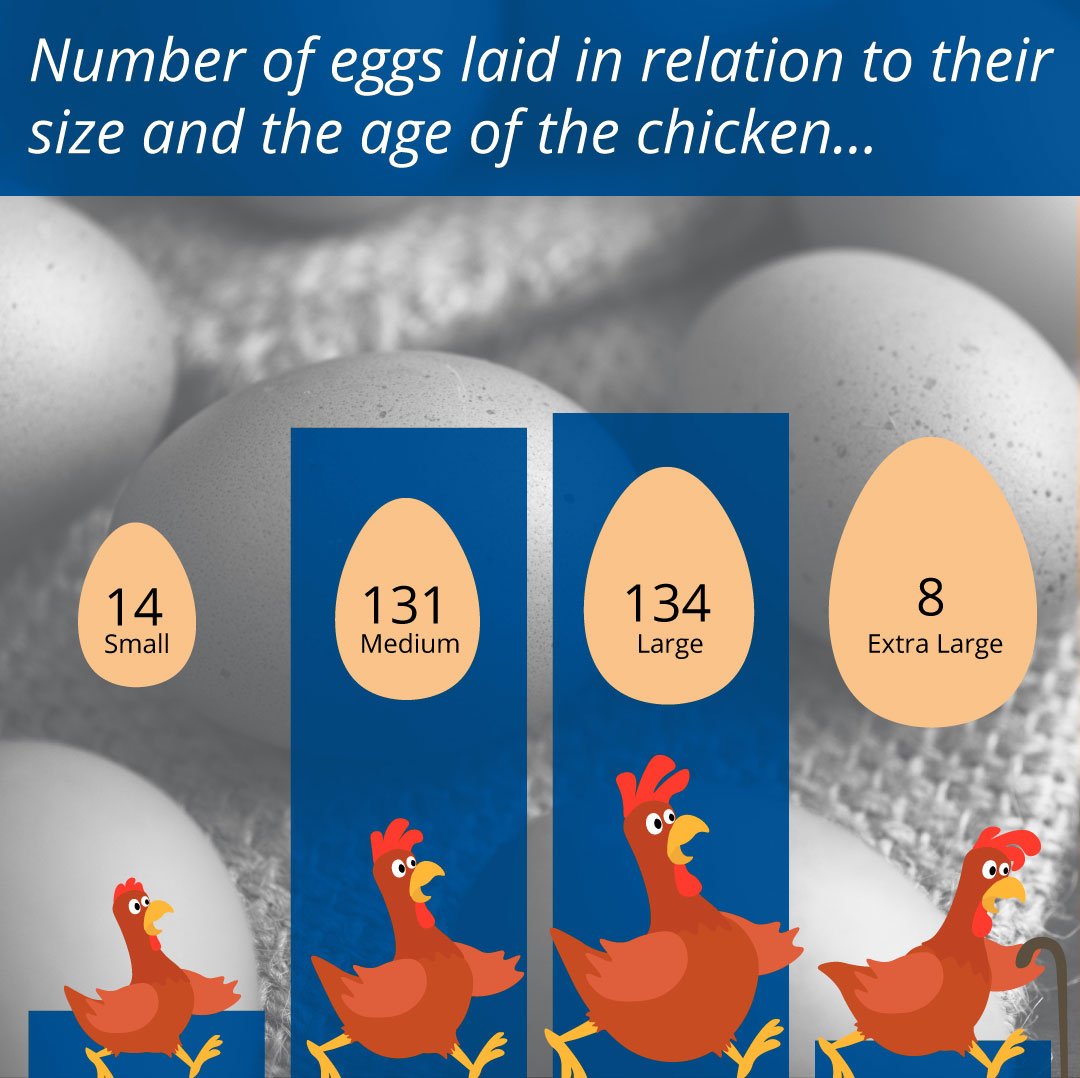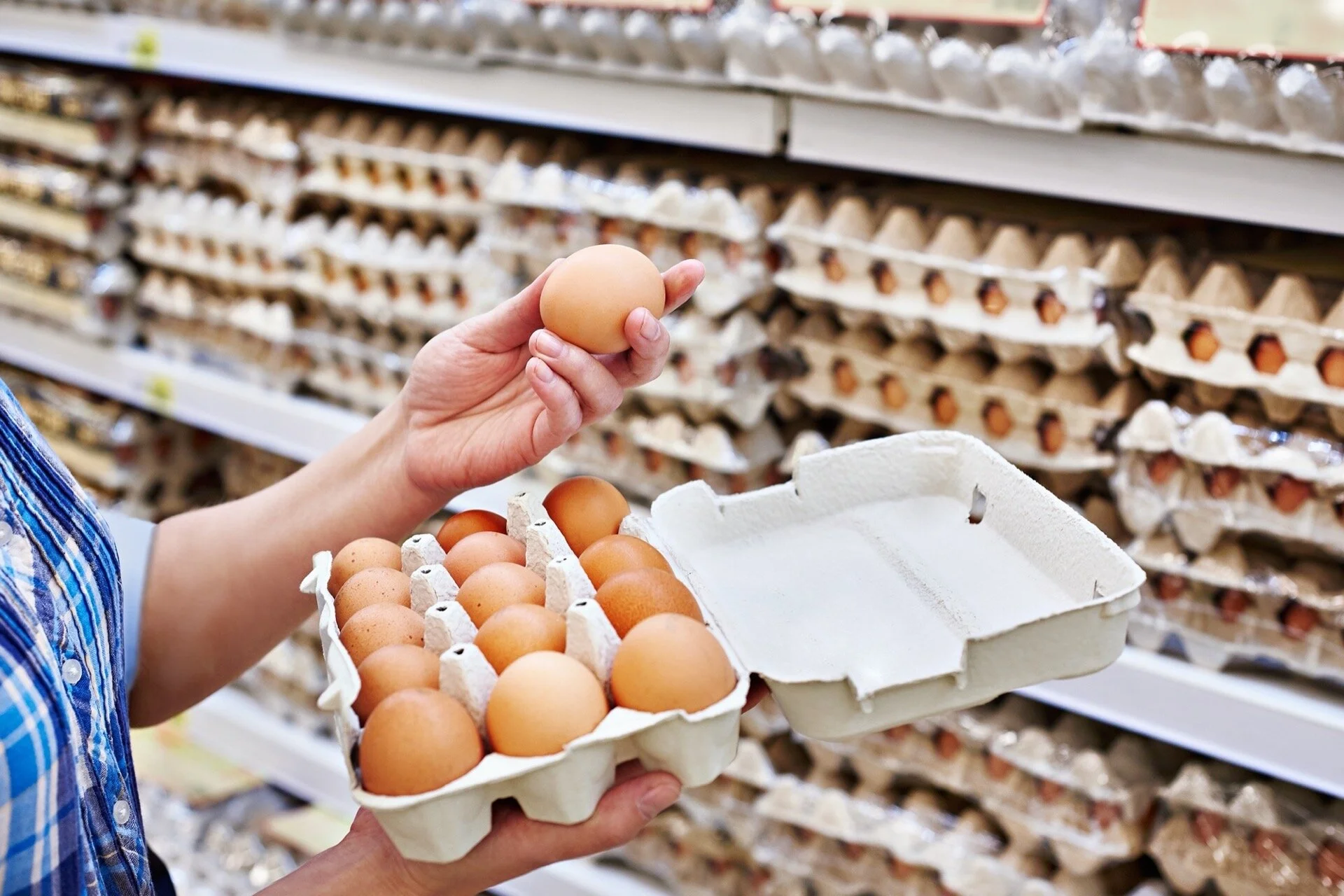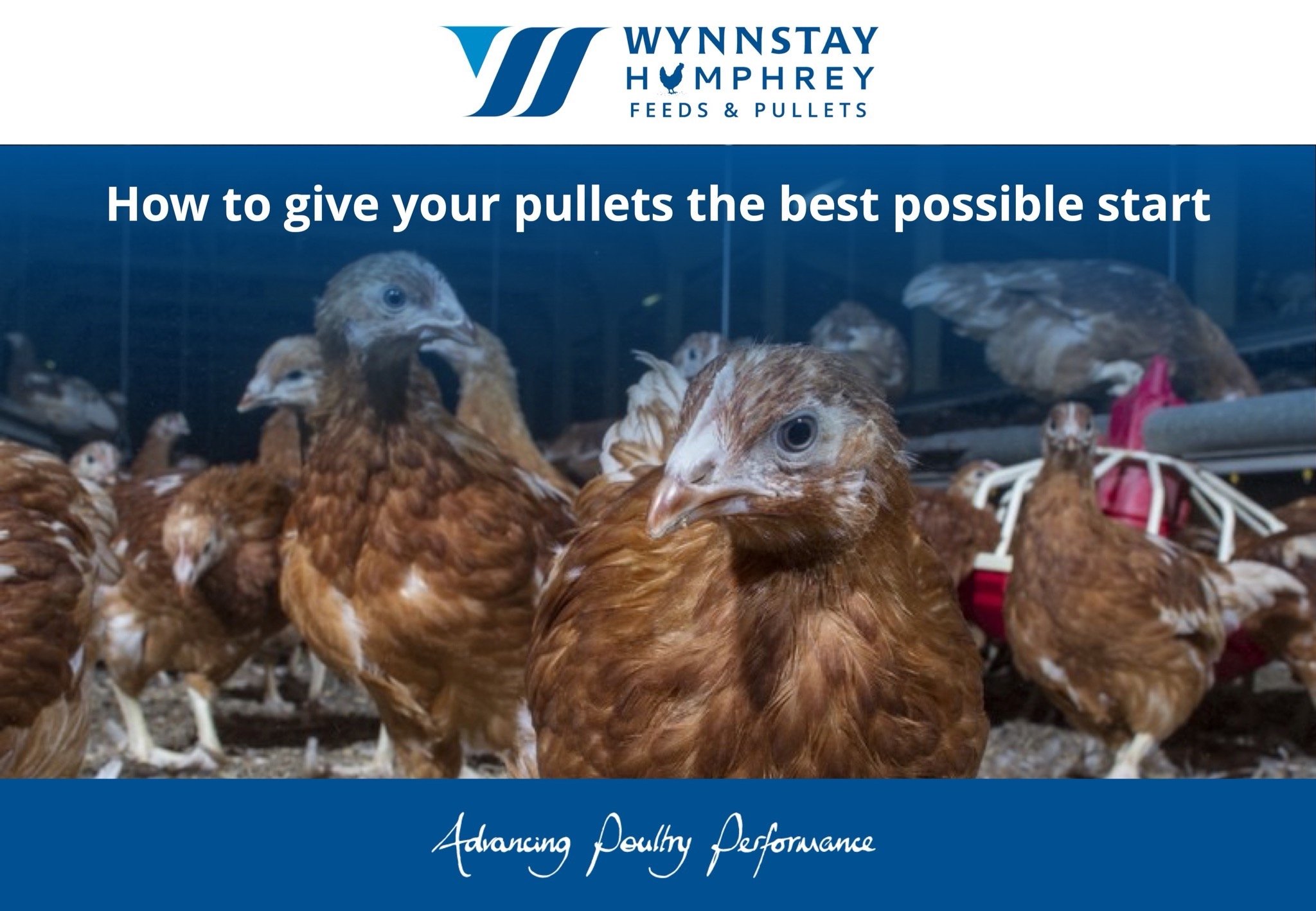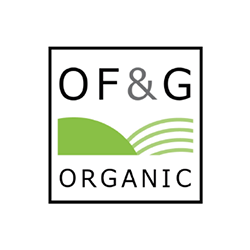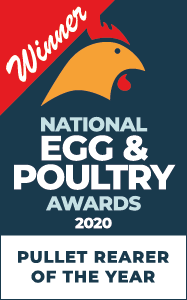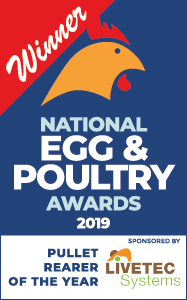Hen breeds in commercial egg farms come into lay at around 18-20 weeks of age, when their bodies have matured physically, and as lighting conditions trigger hormones to start the egg-laying cycle.
A laying hen’s ovary (she only has one) contains thousands of tiny ova, each capable of growing over the course of about a week into a nutrient-rich yolk. Then, in little more than a day, layers are added until the final, protective shell allows the egg to be laid.
Yolks provide most of what makes eggs a superfood, containing nutrients such as proteins, vitamins and minerals which would nourish a chick if the egg were fertilised (table eggs are not fertilised). Once the yolk is ready, it moves from the ovary into the oviduct, and over four hours layers of egg protein are added. This egg white, or albumen, is 90% water, but still contains useful resources of protein, vitamins and minerals, which are very nutritious. It is held in place by a fine membrane.
The egg shell forms in the shell gland over about 20 hours as layers of calcium carbonate are added. In the last two hours white or brown pigment is deposited on the outer layers of the shell, and a final bloom or cuticle provides protection against bacteria entering the porous surface of the shell. The egg is laid and the process starts again with the release of a fresh yolk into the system about 30 minutes later.
Image © 2021 Purina Animal Nutrition LLC.



